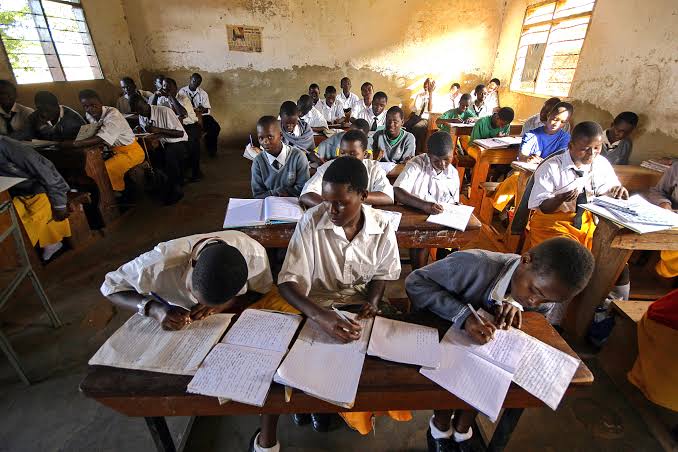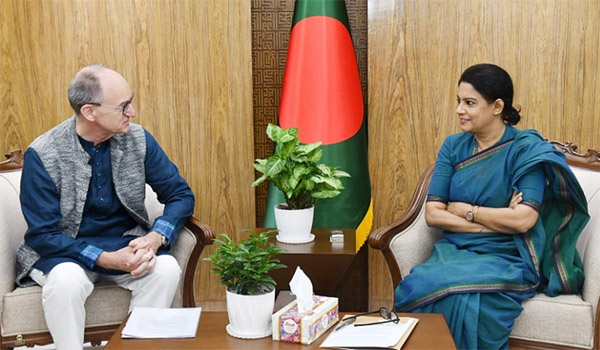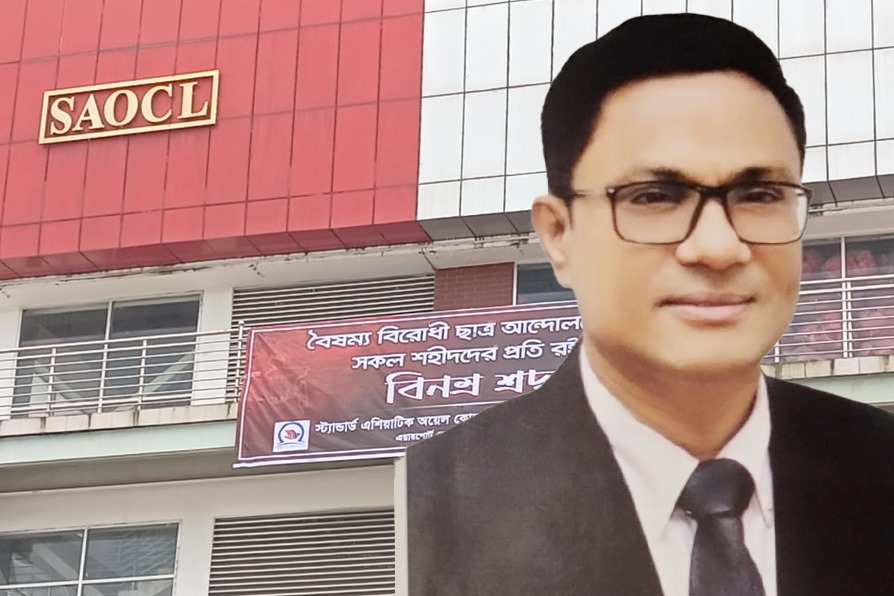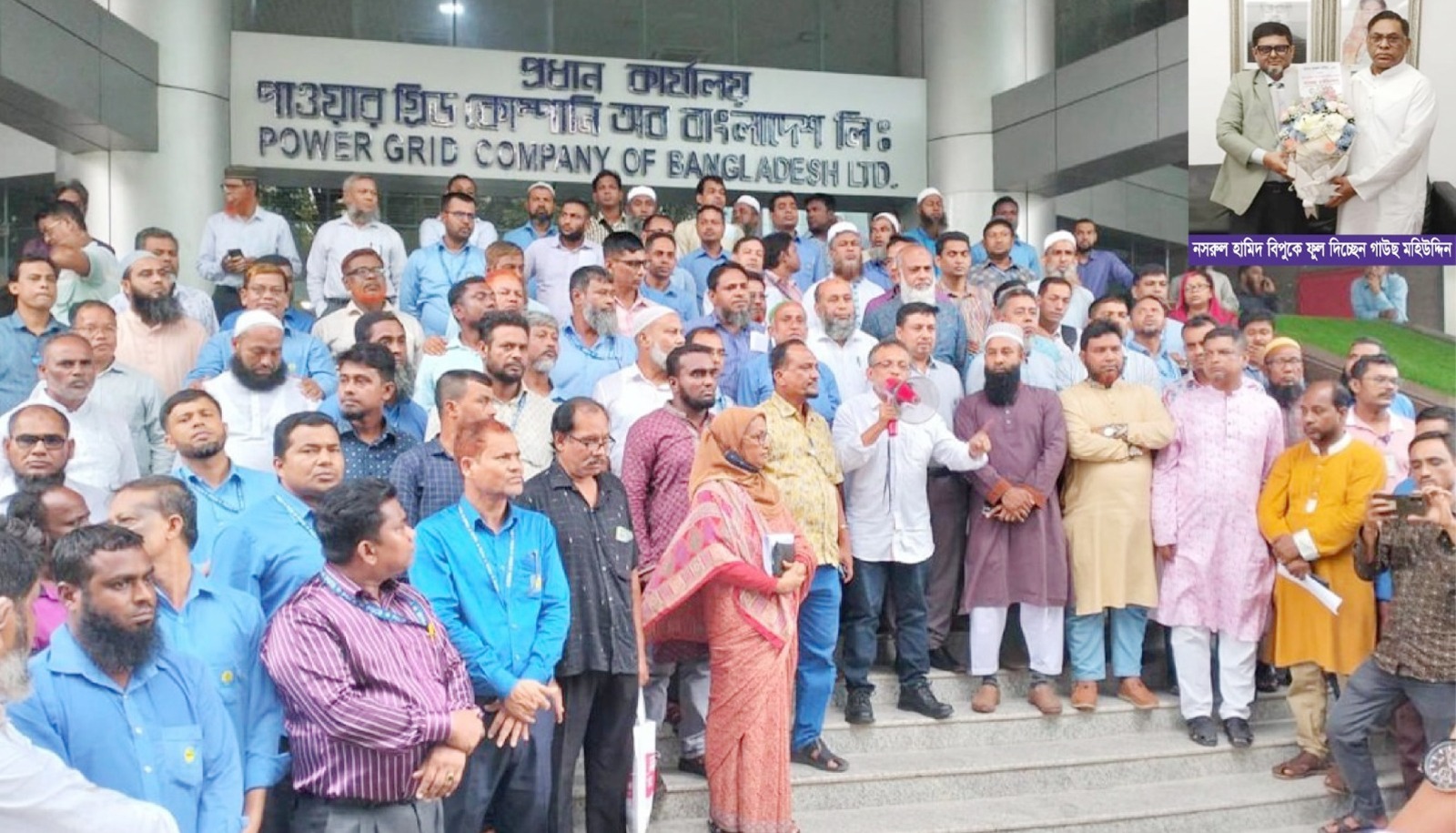
Food security is a fundamental human right and a cornerstone of sustainable development. Yet, despite advances in agriculture, technology, and globalization, the world is facing a growing food security crisis. The Food and Agriculture Organization (FAO) defines food security as the situation where all people, at all times, have physical, social, and economic access to sufficient, safe, and nutritious food to meet their dietary needs and preferences for an active and healthy life. However, achieving this has become increasingly challenging due to a combination of factors affecting food production and distribution.
Currently, nearly 811 million people worldwide suffer from hunger, and many more face malnutrition, inadequate access to food, or uncertainty about their next meal. This crisis is exacerbated by several interlinked issues, including climate change, geopolitical conflicts, economic instability, and challenges in food supply chains. This report examines the critical issues affecting global food security, focusing on the problems related to food production and distribution, and offers insights into possible solutions.
The Current State of Global Food Security:
The state of global food security is marked by stark disparities. While some regions enjoy food abundance, others struggle with chronic hunger and malnutrition. According to the World Food Programme (WFP), 135 million people face acute food insecurity, a number expected to rise due to the COVID-19 pandemic, conflicts, and other compounding factors. The situation is particularly dire in regions like Sub-Saharan Africa, South Asia, and parts of Latin America and the Middle East, where food insecurity is fueled by a combination of economic challenges, social inequalities, and environmental pressures.
Key Factors Affecting Food Production:
Food production is the foundation of food security. However, several challenges are undermining the ability to produce sufficient food to meet global demand. These include:
1. Climate Change and Environmental Degradation: Climate change is one of the most significant threats to global food production. Rising temperatures, changing precipitation patterns, and extreme weather events such as droughts, floods, and storms are disrupting agricultural activities worldwide. For instance, prolonged droughts in East Africa have severely reduced crop yields and affected livestock, leading to widespread food shortages. Similarly, flooding in South Asia and hurricanes in Central America have destroyed crops, damaged infrastructure, and displaced populations, further exacerbating food insecurity.
In addition to climate change, environmental degradation, such as deforestation, soil erosion, and loss of biodiversity, poses a severe threat to agricultural productivity. Unsustainable farming practices, overgrazing, and land conversion for agriculture have led to soil depletion and desertification, reducing the land’s capacity to produce food.
2. Water Scarcity: Water is a critical resource for food production, and its scarcity poses a significant threat to agriculture. Agriculture accounts for approximately 70% of global freshwater use, and water scarcity, driven by over-extraction, pollution, and climate change, is increasingly limiting the availability of water for irrigation. Regions such as the Middle East, North Africa, and parts of South Asia face acute water shortages, affecting their ability to produce food. In these regions, inefficient water use and lack of investment in sustainable irrigation technologies compound the problem.
3. Decreased Agricultural Productivity: In many parts of the world, agricultural productivity is stagnating or declining due to various factors, including outdated farming techniques, insufficient access to quality seeds and fertilizers, lack of mechanization, and inadequate extension services. Smallholder farmers, who produce a significant portion of the world’s food, often lack the resources and knowledge to adopt modern, sustainable farming practices that could enhance productivity.
Additionally, plant diseases, pests, and invasive species pose a considerable risk to crops and livestock. For example, locust swarms in East Africa and the Middle East have devastated crops, leading to food shortages and higher prices. Without adequate pest management and disease control, agricultural productivity remains vulnerable to these threats.
4. Geopolitical Conflicts and Instability: Conflicts and political instability disrupt food production by displacing farmers, destroying farmland, and creating barriers to accessing agricultural inputs such as seeds, fertilizers, and machinery. Countries like Yemen, Syria, South Sudan, and the Central African Republic are facing severe food crises due to ongoing conflicts that have disrupted agricultural activities, destroyed infrastructure, and hindered food access.
Conflicts also create refugee crises, where displaced populations struggle to access food, either due to a lack of financial resources or because of logistical challenges in delivering aid. Food production is often severely impacted in conflict zones due to land mines, damaged infrastructure, and the collapse of local economies.
5. Economic Inequality and Market Access: Economic inequalities and lack of access to markets are significant barriers to food production, particularly for smallholder farmers. Many farmers in developing countries struggle to access credit, affordable inputs, and markets to sell their produce. As a result, they are often trapped in cycles of low productivity and poverty. Moreover, volatile food prices, trade restrictions, and subsidies in developed countries can distort global markets, making it difficult for farmers in developing countries to compete.
Even when food is produced in sufficient quantities, its distribution to those in need is often hindered by several challenges. These include:
1. Inefficient Supply Chains: Food supply chains are complex networks involving multiple actors, including farmers, processors, distributors, and retailers. Inefficiencies in these supply chains, such as poor infrastructure, inadequate storage facilities, and lack of cold chain logistics, result in significant food losses. The FAO estimates that approximately one-third of all food produced for human consumption is lost or wasted globally, amounting to about 1.3 billion tons per year. In developing countries, food losses are primarily due to post-harvest losses caused by inadequate storage, transportation, and processing facilities.
2. Trade Barriers and Protectionism: Trade barriers, such as tariffs, export bans, and import restrictions, can disrupt the flow of food across borders, leading to shortages and price volatility. For instance, during the COVID-19 pandemic, some countries imposed export restrictions on staple foods like rice and wheat to protect domestic supply, exacerbating global food insecurity. Protectionist policies can create artificial scarcity and drive up prices, making food less affordable for vulnerable populations.
3. Urbanization and Changing Consumption Patterns: Rapid urbanization is transforming food demand and distribution patterns. Urban populations tend to consume more processed and perishable foods, requiring efficient supply chains and cold storage facilities. However, in many developing countries, the infrastructure needed to support these demands is lacking, leading to food losses, higher prices, and food insecurity. Additionally, changing consumption patterns, such as increased demand for meat and dairy products, are putting additional pressure on food production systems.
4. Food Waste: Food waste is a significant issue in developed countries, where large quantities of food are discarded at the consumer and retail levels due to aesthetic standards, overproduction, and inefficient inventory management. In developed countries, food waste often occurs at the consumption stage, with consumers discarding food that is still safe to eat. Reducing food waste could significantly improve food security by ensuring that more food reaches those who need it.
5. Logistical Challenges in Crisis Situations: In crisis situations, such as natural disasters, conflicts, or pandemics, logistical challenges can severely impact food distribution. Disrupted supply chains, damaged infrastructure, and limited access to affected areas make it difficult to deliver food aid to those in need. The COVID-19 pandemic, for example, created significant logistical challenges for food distribution, with lockdowns, travel restrictions, and supply chain disruptions affecting the availability and affordability of food.
6. Lack of Access to Nutritious Food: Even when food is available, access to nutritious food remains a challenge, particularly for low-income households. The cost of nutritious food, such as fruits, vegetables, and proteins, is often prohibitive for many people, leading to diets that are high in calories but low in essential nutrients. This contributes to the double burden of malnutrition, where both undernutrition and obesity coexist, often within the same communities.
Addressing the global food security crisis requires comprehensive and coordinated efforts to enhance food production and distribution. Here are some potential solutions:
1. Promoting Sustainable Agricultural Practices: Sustainable agricultural practices, such as conservation agriculture, agroforestry, integrated pest management, and organic farming, can enhance productivity while preserving natural resources. These practices can help maintain soil fertility, conserve water, and protect biodiversity, thereby building resilience against climate change. Investing in research and development to develop climate-resilient crops, efficient irrigation systems, and sustainable farming techniques is also crucial.
2. Improving Water Management: Efficient water management practices, such as drip irrigation, rainwater harvesting, and wastewater recycling, can help address water scarcity and improve agricultural productivity. Governments and organizations should invest in technologies that enhance water use efficiency and promote sustainable water management practices among farmers.
3. Strengthening Food Supply Chains: Improving infrastructure, such as roads, storage facilities, and cold chains, is essential to reduce food losses and ensure efficient distribution. Investments in logistics, digital technologies, and data analytics can help optimize supply chains and enhance their resilience against disruptions. For example, blockchain technology can improve traceability and transparency in food supply chains, reducing losses and enhancing food safety.
4. Encouraging Open Trade and Regional Cooperation: Promoting open trade policies and regional cooperation can facilitate the flow of food across borders, reducing the risk of shortages and price volatility. Countries should avoid protectionist measures that disrupt food trade and instead work towards agreements that ensure the free flow of food, particularly during crises.
5. Reducing Food Waste: Reducing food waste at all levels—from production to consumption—can significantly enhance food security. Governments, businesses, and consumers should adopt measures to minimize food waste, such as improving food storage and handling practices, implementing better inventory management systems, and raising awareness about the importance of reducing food waste. Encouraging retailers to donate surplus food and creating incentives for businesses to reduce waste can also make a significant difference. In addition, promoting the consumption of “imperfect” fruits and vegetables that might otherwise be discarded due to cosmetic standards can help reduce waste at the retail and consumer levels.
6. Building Resilience in Food Systems: To prepare for future crises, it is essential to build resilient food systems that can adapt to and recover from shocks such as pandemics, natural disasters, and conflicts. This involves diversifying sources of food production, establishing strategic food reserves, and developing contingency plans to ensure the continued functioning of food supply chains during crises. Resilience-building measures should also focus on supporting smallholder farmers, who are often the most vulnerable to disruptions.
7. Investing in Technology and Innovation: Technological innovation can play a critical role in enhancing food production and distribution. Precision agriculture, for example, uses data analytics, satellite imagery, and sensors to optimize farming practices, reduce resource use, and increase yields. Digital platforms and mobile applications can help farmers access real-time information on weather, market prices, and best practices, enabling them to make informed decisions. In addition, innovations in logistics and transportation, such as automated delivery systems and smart warehouses, can help streamline food distribution.
8. Empowering Smallholder Farmers and Local Communities: Smallholder farmers are key players in global food production, particularly in developing countries. Empowering these farmers through access to credit, training, and technology is crucial for increasing productivity and reducing poverty. Governments and development organizations should invest in rural infrastructure, such as roads, electricity, and internet connectivity, to help farmers access markets and services. Supporting farmer cooperatives and community-based organizations can also strengthen local food systems and enhance resilience against shocks.
9. Promoting Inclusive Policies and Social Safety Nets: Governments should adopt inclusive policies that ensure equitable access to food, particularly for vulnerable populations such as women, children, and marginalized communities. Social safety nets, such as food assistance programs, cash transfers, and school feeding programs, can help protect people from food insecurity, especially during times of crisis. Policymakers should also focus on creating an enabling environment for inclusive economic growth, reducing poverty, and improving access to education and healthcare, which are closely linked to food security.
10. Fostering Global Cooperation and Partnerships: Addressing global food security requires coordinated efforts and collaboration among governments, international organizations, civil society, and the private sector. Global frameworks such as the United Nations’ Sustainable Development Goals (SDGs) provide a platform for aligning policies and actions to combat hunger and promote sustainable agriculture. International cooperation is essential for sharing knowledge, resources, and technology, as well as for responding to food crises in a timely and effective manner.
11. Improving Access to Nutritious Food: Efforts should be made to improve the availability, affordability, and accessibility of nutritious food. This includes promoting diversified agricultural production, supporting local food systems, and encouraging the consumption of healthy and culturally appropriate diets. Policies that address the double burden of malnutrition—both undernutrition and obesity—should be prioritized, focusing on public health interventions, nutrition education, and the regulation of unhealthy food products.
12. Strengthening Early Warning Systems and Risk Management: Developing robust early warning systems to monitor and predict food crises can help mitigate the impact of food insecurity. These systems can provide timely information on weather patterns, crop conditions, market trends, and conflict situations, allowing governments and organizations to take proactive measures to prevent or respond to food shortages. Risk management strategies, such as crop insurance and disaster preparedness plans, can also help protect farmers and communities from the adverse effects of natural disasters and market volatility.
Case Studies: Successful Approaches to Improving Food Security
1. Brazil’s Zero Hunger Program: Brazil’s Zero Hunger program (Fome Zero) is a notable example of a comprehensive approach to addressing food insecurity. Launched in 2003, the program combined measures to increase food production, improve access to food, and provide social protection. It included initiatives such as school feeding programs, support for smallholder farmers, and conditional cash transfers. As a result, Brazil saw a significant reduction in hunger and malnutrition, lifting millions of people out of poverty and improving food security across the country.
2. India’s National Food Security Act (NFSA): India’s National Food Security Act, enacted in 2013, aims to provide subsidized food grains to approximately two-thirds of the country’s population. The act is part of the Public Distribution System (PDS), which ensures that vulnerable populations have access to essential food items at affordable prices. The program also includes initiatives to improve agricultural productivity and support small-scale farmers. While challenges remain in implementation, the NFSA has played a crucial role in enhancing food security for millions of Indians.
3. Rwanda’s Crop Intensification Program (CIP): Rwanda’s Crop Intensification Program, launched in 2007, focuses on increasing agricultural productivity through the promotion of modern farming techniques, improved seeds, and fertilizers. The program has helped transform Rwanda’s agriculture sector, significantly increasing crop yields and improving food security. By supporting smallholder farmers and investing in agricultural infrastructure, the CIP has contributed to poverty reduction and economic growth in Rwanda.
4. The African Union’s Comprehensive Africa Agriculture Development Programme (CAADP): The CAADP, established by the African Union in 2003, is a framework aimed at transforming agriculture in Africa to improve food security, nutrition, and economic growth. It encourages African countries to increase public investment in agriculture, promote sustainable farming practices, and enhance intra-African trade. The CAADP has led to increased agricultural productivity in several countries and strengthened regional cooperation on food security issues.
The global food security crisis is a complex and multifaceted challenge that requires urgent and coordinated action. Issues related to food production and distribution, such as climate change, water scarcity, geopolitical conflicts, and inefficient supply chains, are undermining efforts to ensure that all people have access to sufficient, safe, and nutritious food. Addressing these challenges will require a holistic approach that combines sustainable agricultural practices, efficient supply chain management, open trade, technological innovation, and strong policy frameworks.
By investing in sustainable agriculture, improving infrastructure, empowering smallholder farmers, reducing food waste, and fostering global cooperation, we can create a more resilient and equitable food system. Ensuring food security for all is not only a moral imperative but also essential for achieving broader development goals, such as poverty reduction, social stability, and environmental sustainability.
To move forward, it is vital to build on successful examples, such as Brazil’s Zero Hunger program and India’s National Food Security Act, and adapt these lessons to different contexts. Through collaboration, innovation, and a shared commitment to ending hunger, the global community can make significant strides towards achieving food security for all.

 Md. Anas Ebna Arfin (Nibir)
Md. Anas Ebna Arfin (Nibir) 
























